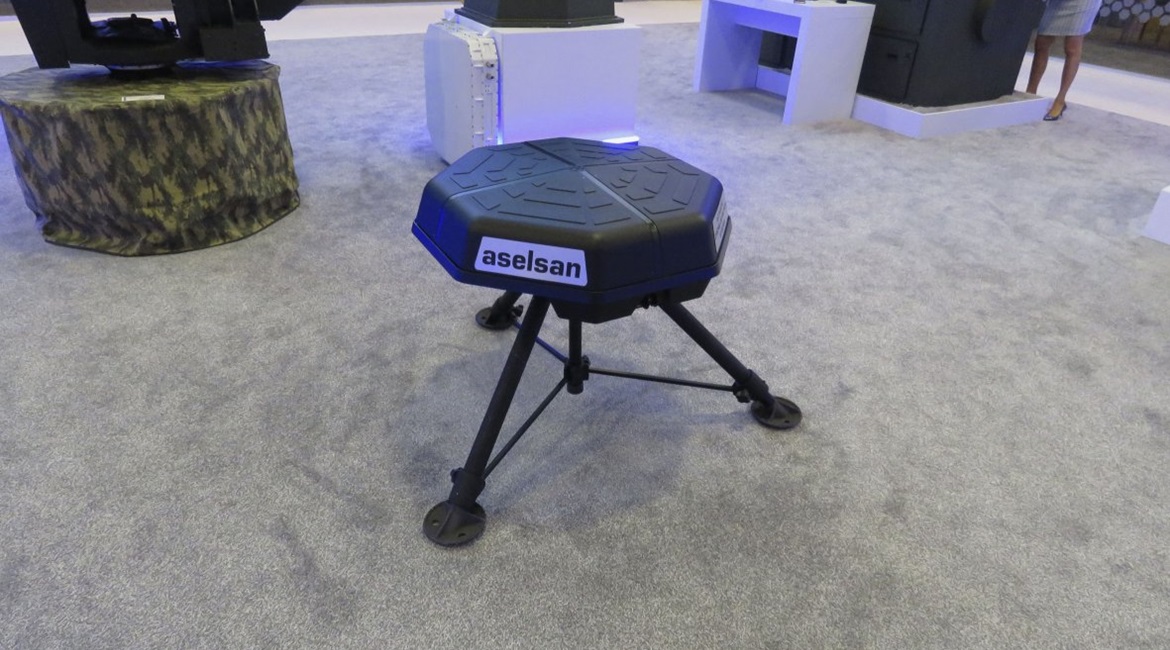
Aselsan gave details of its Ihtar unmanned aerial vehicle (UAV) defence system at the 2019 IDEF, which was held in Istanbul from 30 April to 3 May.
Developed in co-operation with the Turkish armed forces and country’s Presidency of the Defence Industry (SSB), the Ihtar defence system consists of a radar for locating and classifying UAVs as well as a direction-finding system that is used to detect and localise the UAV operator.
The Ihtar defence system requires a single crew member to operate and includes a large amount of automation as well as elements of machine learning designed to ensure that the system can be adapted to meet future threats.
It is a modular system that can be adapted in size to meet the size of the area that needs to be covered. As an option the system can be expanded to include an acoustic detection system.
Aselsan also offers soft- and hard-kill options with the Ihtar system to allow tailoring to user requirements. A soft-kill solution can be provided by either a directional or omnidirectional jamming system, while the hard-kill option comes in the form of either a high-energy laser or a remote weapon station armed with an automatic 40 mm grenade launcher firing programmable air-bursting ammunition.
The range of the UAV-locating radar is 2–5 km, depending on the radar cross-section of the target UAV. The direction finder, meanwhile, is able to localise a UAV operator up to 10 km while the acoustic detection system is effective at a maximum range of 1.5 km.

The central element of the Ihtar system is the mast shown in this image, which is fitted with a radar, electro-optical suite, and directional jammer. (IHS Markit/Sam Cranny-Evans )
Looking to read the full article?
Gain unlimited access to Janes news and more...




